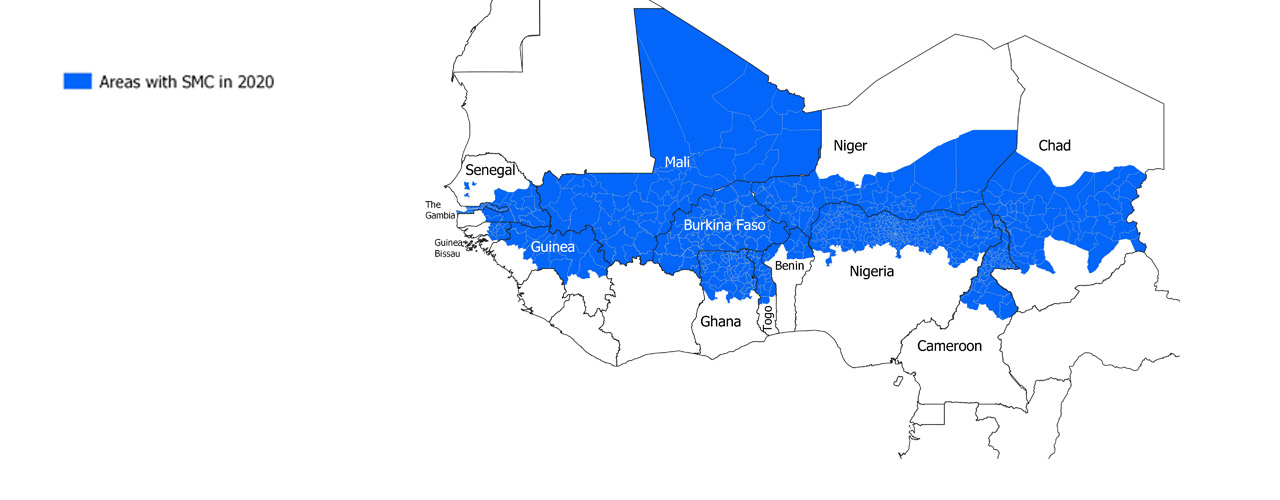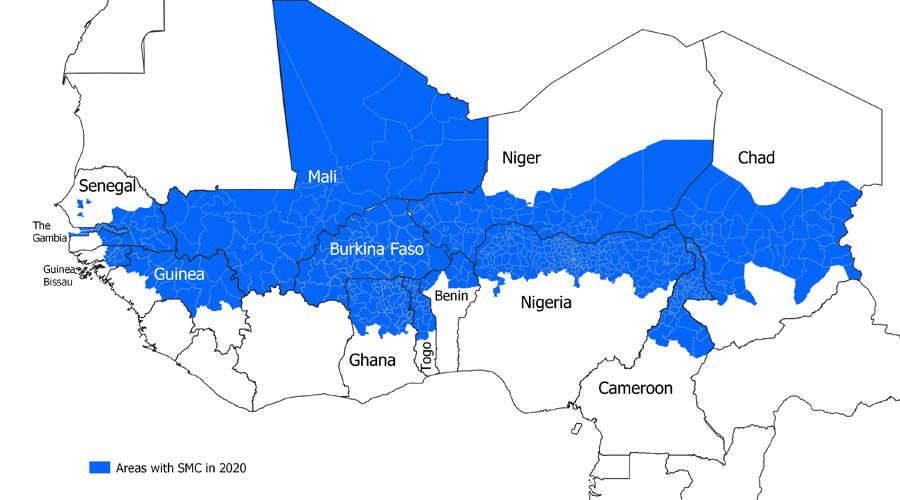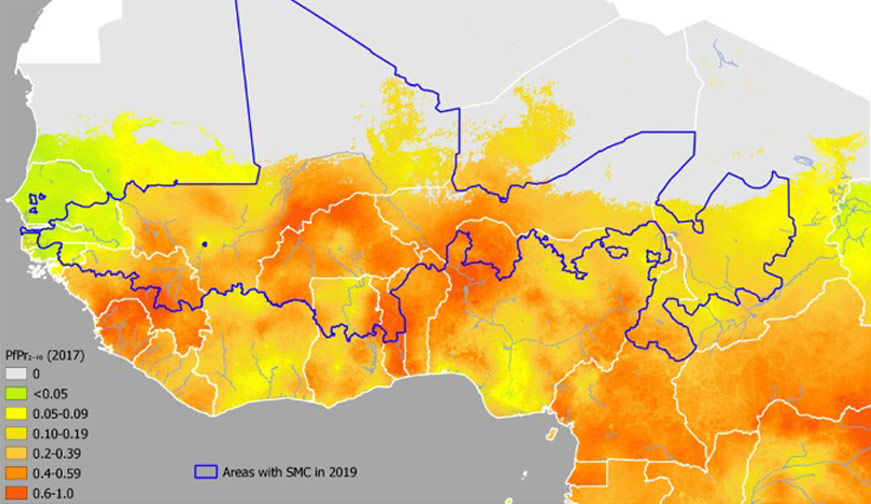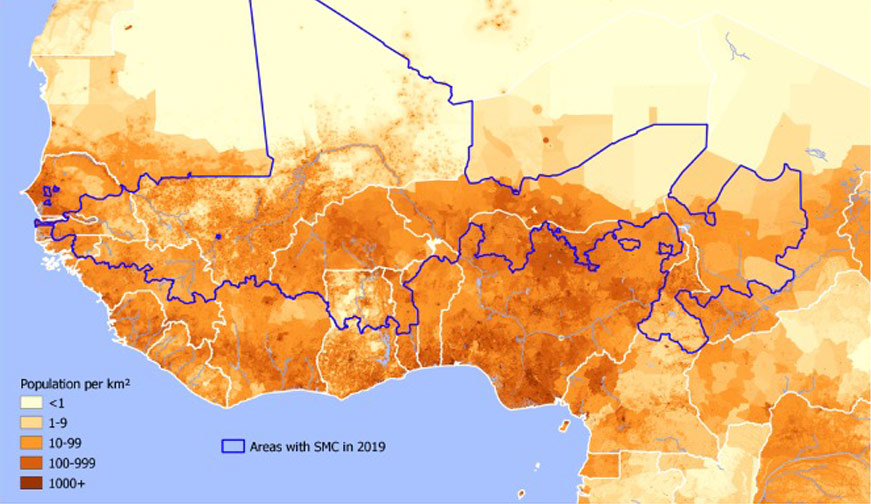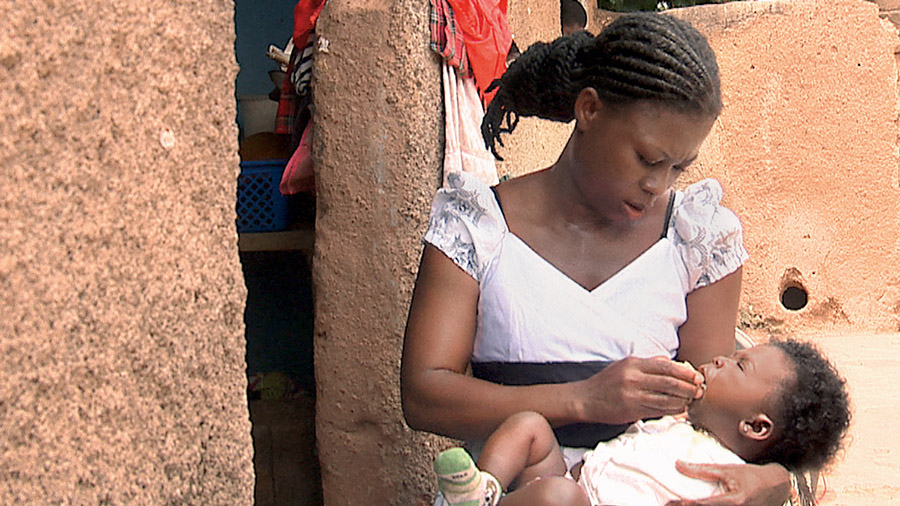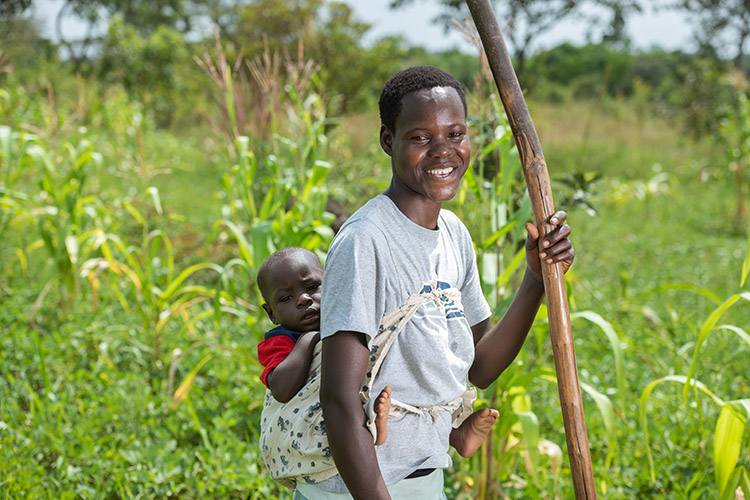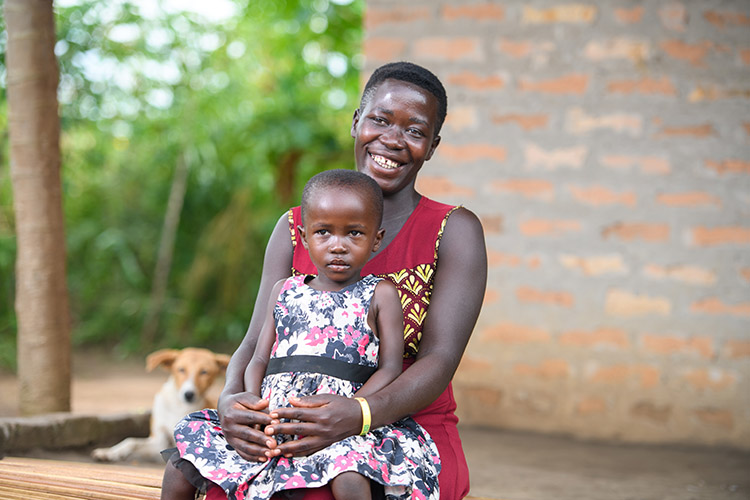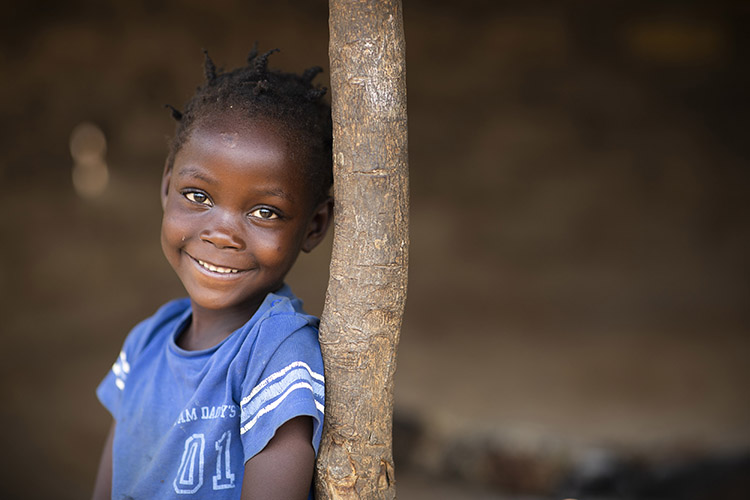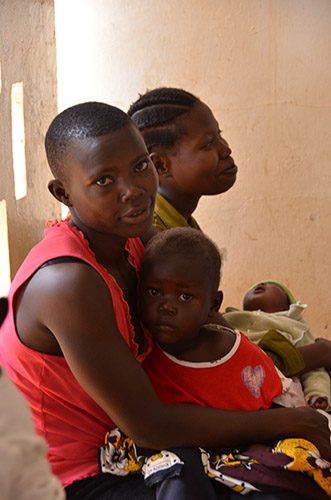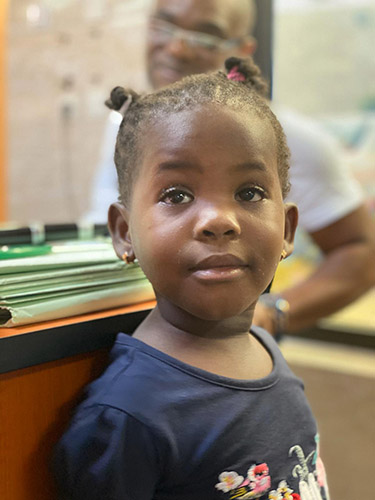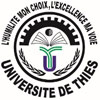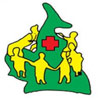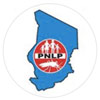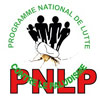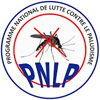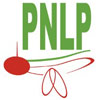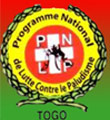The project is a partnership between the national malaria control programmes in 13 countries, Benin, Burkina Faso, Cameroun, Chad, The Gambia, Ghana, Guinea, Guinea Bissau, Mali, Niger, Nigeria, Senegal, Togo, and the University of Thiès in Senegal, the UNDP/UNICEF/World Bank/WHO Special Program for Research and Training in Tropical Diseases (TDR), Medicines for Malaria Venture (MMV), and the London School of Hygiene and Tropical Medicine (LSHTM).
Malaria continues to be a major public health challenge, with an estimated 405,000 deaths from malaria in 2018. The most intense malaria transmission occurs in West and Central Africa during and shortly after the rainy season. Seasonal Malaria Chemoprevention (SMC) is a proven strategy developed specifically for these areas, which was first introduced in 2012. Its use was rapidly expanded through the ACCESS-SMC project, which showed that there were marked reductions in the number of malaria cases, severe cases, and deaths in hospital malaria due to malaria, when SMC was introduced.
The drugs (sulfadoxine-pyrimethamine plus amodiaquine, given to children once a month for a few months each year) don’t give complete protection but the benefits are clearly visible, and the strategy has been welcomed by communities. In 2019, 85 million treatments were administered in 13 countries reaching a total of about 22 million children, and this year, SMC programmes are targeting 30 million children.
The challenge now is to ensure that within the areas where SMC is being implemented, it is done effectively, and all children are being reached and are receiving all their monthly treatments.
Very high coverage is possible thorough door to door campaigns, but this is not being achieved everywhere. The reasons vary, and operational research is needed to understand the local challenges and the steps needed to address them. In some areas, four monthly cycles are not enough to cover the high risk period and the number of cycles needs to be increased. There is an urgent need to close these gaps and to optimize SMC delivery to protect all eligible children. The OPT-SMC project aims to contribute to this goal by strengthening capacity of national programmes to conduct implementation research to improve SMC delivery and impact.
Links
WHO Policy recommendation on SMC
ACCESS-SMC publication
SMC in 2020
- SMC in 2019
-
- A total of 85million treatments were administered in 2019 in 13 countries.
- An estimated 22million children were reached
- 73% of the current target population of 30.3million
- Leaving a gap of about 8.3million children
Credits: The data for these maps comes from:
- the SMC Working Group
- the Malaria Atlas Project under Creative Commons Attribution 3.0 Unported license
- WorldPop - School of Geography and Environmental Science, University of Southampton; Department of Geography and Geosciences, University of Louisville; Departement de Geographie, Universite de Namur) and Center for International Earth Science Information Network (CIESIN), Columbia University (2018). Global High Resolution Population Denominators Project - Funded by The Bill and Melinda Gates Foundation (OPP1134076). https://dx.doi.org/10.5258/SOTON/WP00674
Ghana: Assessing coverage of SMC in Ghana, 2020
A household survey and a qualitative study involving focus group discussions with caregivers, and interviews with CHVs were carried out to measure coverage and understand barriers to SMC uptake. 2100 households were visited in 150 clusters. 87.6% of children received four treatments. 96% of day 1 treatments were directly observed. Side effects of SMC drugs, charging costs for management of side effects, and over-tasking of volunteers were identified as barriers to SMC uptake.
Guinea: Qualitative Evaluation of determinants of SMC uptake in the prefectures of Kankan and Siguiri
In 2020, the NMCP in collaboration with the Université Abdel Gamal Nasser completed a qualitative investigation into barriers to SMC uptake in mining communities. Barriers identified include lack of trust in the health system, use of drug distributors who were not from the local community, and families working away from home. Together with local advocates, an action plan was developed and has been implemented during the 2021 campaign.
Nigeria: Facilitators and barriers to uptake of SMC
The NMEP in collaboration with the universities of Jos and Ahmadu Bello conducted qualitative research using focus group discussions and in-depth interviews with caregivers and with health staff in areas with low and high SMC coverage in the states of Kano, Kwara, Nasarawa, Yobe and Kebbi states. The aim was to understand barriers to uptake and factors associated with high coverage. The project started in November shortly after the last SMC cycle of 2021.
Benin: A case-control study to assess the effectiveness of SMC in Northern Benin
SMC was first introduced in 2019. A case control study was conducted in the municipalities of Malanville, Karimama, Kandi Gogounou and Ségbana in Alibori district in Northern Benin to assess the effectiveness of SMC treatments during the 2020 and 2021 SMC campaigns. Results are expected in early 2022.
Mali: Evaluating the quality of drug administration for SMC
This study will compare classic SMC delivery (drug distributor visits on the first day and leaves the drugs with the caregivers) versus Directly Observed Therapy for three days by the drug distributor and SMC-plus (drug distributor visits on the first day, then a community helper visits on 2nd and 3rd days). The team is in the process of selecting the three study sites for the project.
Niger: Adapting the target groups for SMC in Niger
The project will analyze district level malaria morbidity data from the past five years to explore age specific trends. The team is currently working on developing data collection tools.
- Planned projects
-
Upcoming projects in Burkina Faso, Senegal, Togo, Cameroon, The Gambia, Guinea Bissau and Chad
The national malaria programmes of Burkina Faso, Senegal, Togo, Cameroon, The Gambia, Guinea Bissau and Chad are developing their proposals for projects, including studies on impact, cost-effective modelling, promoting adherence, improving the quality of SMC delivery, qualitative research on barriers to SMC uptake, and country stratification in terms of number of cycles and age range.
This year, efforts are being made to ensure the COVID19 pandemic does not disrupt malaria control. Steps can be taken to deliver SMC safely, these include adjusted messaging to keep the community informed, and respecting social distancing during training and during door-to-door delivery. OPT-SMC is working with countries to monitor SMC delivery during this year. The project has also produced training videos with Alternative View Studies.
The videos can be shared via Whatsapp as a job aid for drug distributors and to show how to deliver SMC safely during the COVID pandemic. To download any of the files, go to your chosen section below and before playing the video click on the title which is in blue linked text at the top of your chosen video. This will take you to where it is hosted on Vimeo, which includes a 'download' button.
- Delivering SMC - French (a 5ans)
-
Read the French (5 year olds) transcript for this video.
- Delivering SMC - Fula
-
Read the Fula transcript for this video.
Read the Fula transcript for this video.
- Delivering SMC - Hausa
-
Read the Hausa (with English text) transcript for this video.
Read the Hausa (with French text) transcript for this video.
- Delivering SMC - Benin
-
Read the French (with spoons) transcript for this video.
- Delivering SMC - Ghana
-
Read the Ghana transcript for this video.
- Delivering SMC - Gambia
-
Read the transcript for this video.
- Delivering SMC - Guinea
-
Read the Guinea (5 year olds) transcript for this video.
- Delivering SMC - Guinea Bissau (Portuguese)
-
Read the Portuguese transcript for this video.
- Delivering SMC - Mali
-
Read the Mali transcript for this video.
- Delivering SMC - Niger
-
Read the Niger (5 or 10 year olds) transcript for this video.
- Delivering SMC - Nigeria (English)
-
Read the English transcript for this video.
- Delivering SMC - Senegal
-
Read the French (10 year olds) transcript for this video.
SMC Working Group meeting, Accra, 25-27 Feb 2020
Our partners
University of Thiès, Senegal
UNDP/UNICEF/World Bank/WHO Special Program for Research and Training in Tropical Diseases (TDR), Switzerland
Medicines for Malaria Venture (MMV), Switzerland
Burkina Faso, Programme National de Lutte contre le Paludisme
Republique du Benin, Programme National de Lutte contre le Paludisme du Benin
Cameroon National Malaria Control Programme
République du Tchad: Programme National de Lutte contre le Paludisme du Tchad
Republic of The Gambia, National Malaria Control Programme
Ghana, National Malaria Control Programme
République du Guinea, Programme National de Lutte contre le Paludisme
Guinea Bissau, Programa Nacional de Luta contra o Paludismo – PNLP
République du Mali, Programme National de Lutte contre le Paludisme
République du Niger, Programme National de Lutte contre le Paludisme du Niger
Federal Republic of Nigeria, National Malaria Elimination Programme
République du Senegal, Programme National de Lutte contre le Paludisme
République du Togo, Programme National de Lutte contre le Paludisme

